
Ever visited a coffee shop and been confused by the huge selection of options? Not only do you have the types of drink to think about, but also the types of coffee beans, how the beans are roasted, and how the coffee has been brewed.
Some people get around the issue by simply choosing a particular drink, like a cappuccino, and ordering that every time they’re out. Others dig into the details, trying to learn as much as they can before deciding the type of coffee to focus on.
Myself, I fall somewhere between the two perspectives. I want to learn about my coffee and find the types that taste the best to me.
At the same time, I don’t want to dedicate my life to the art of coffee. There are too many variables at play. Besides that, the best tasting coffee is often influenced by factors outside my control, including growing conditions for the beans, the specific machine used for brewing, and even my mood on the day.
Today, we’re digging into all the fascinating differences between coffee, starting with the various types of coffee drink, including the Americano, cappuccino, latte, cold brew coffee and more. We’ll also look at the coffee beans themselves, including the various types and how they’re roasted.
17 Types Of Coffee Drinks
Espresso

Espresso is both a way to make coffee and a type of coffee. Notably, espresso is made through a machine that uses high pressure to force hot water through the ground coffee.
This approach extracts more coffee solids than processes like drip coffee, resulting in a more intense flavor and aroma. The creation process creates layers in the shot, including a dark base, a slightly lighter mid-section, and a light head, also known as the crema.
As a drink, an espresso is simply this small and concentrated shot of coffee. There are no added flavors or other ingredients, giving drinkers an intense and somewhat bitter flavor from the coffee.
Cappuccino

The cappuccino is one of many coffee drinks that use espresso as the base. It includes between one and three ounces of espresso, depending on the size of the drink.
Traditionally, cappuccinos are made using a ‘rule of thirds’, where they consist of a third espresso, a third steamed milk, and a third milk foam. This combination creates a creamy coffee that’s much less bitter than an espresso shot.
Modern coffee shops vary the ratio, often with an increased focus on milk. Because of the variation, some store-bought cappuccinos will be milkier than others.
Additionally, milk dispensers in espresso machines often don’t have much distinction between steamed and foamed milk. This means the layers are less distinct and makes the cappuccinos we know noticeably different from the traditional version.
Latte

Lattes and cappuccinos are similar, as both drinks rely on espresso, steamed milk, and milk foam. The big difference is the ratios, as lattes generally include much more steamed milk than cappuccino and only a thin layer of milk foam.
Another area to consider is layering. Cappuccinos are traditionally served as a layered drink, while lattes tend to be mixed together instead. Finally, lattes tend to be a larger drink than cappuccinos.
While these differences sound subtle, the extra steamed milk in a latte makes it a creamier and milder drink than the cappuccino. Because of this mildness, lattes can be easily flavored and customized. This leads to a large range of latte variations, such as a vanilla latte, caramel latte, pumpkin spice latte, chai latte, and many more.
Americano

The Americano is the simplest espresso variation. It just contains one or two shots of espresso and hot water. The water dilutes the espresso, making the drink less intense and easier to enjoy.
Ratios vary, but you’re often looking at a 1:2 or 1:3 ratio of coffee to water. The added water makes this drink look much like drip coffee, however the flavor profile retains the complexity of espresso.
This is also an excellent drink for anyone with lactose intolerance, as there’s no dairy.
Macchiato

Traditionally, the macchiato refers to coffee that has been marked or stained by milk. When this style is followed, you’re served a single shot of espresso with just a teaspoon or two of steamed milk.
In the United States, Americanized versions of the macchiato are often served. These tend to contain more steamed milk and may be flavored using sweeteners or spices.
The Americanized version, also called a long macchiato, tends to be milder than the traditional one. However, both retain some flavor complexity from the espresso. Because of this difference in styles, you may need to seek clarification when ordering a macchiato. Otherwise, you might end up with the wrong drink.
Flat White

Then there’s the flat white. This drink may be less familiar, as it’s primarily served in Australia and New Zealand (although it is becoming popular elsewhere too).
A flat white is much like a latte, as it relies heavily on steamed milk and has just a thin layer of foam. However, a flat white typically contains less milk than a latte, creating a stronger drink with a more distinct coffee flavor.
The reduced use of milk means that flat whites are often between five and six ounces, while lattes typically come in between eight and 12 ounces instead.
Cortado

Cortado is designed to perfectly balance espresso and steamed milk, typically including equal amounts of both (although, as always, ratios vary depending on where you purchase the drink). There may be a little foam on top, but much less than with a cappuccino.
Another difference is that a cortado is often blended rather than being served in layers. This helps with the smoothness of the drink and makes it easy to enjoy.
Mocha

A mocha is an espresso-based drink that combines espresso, steamed milk, and chocolate. The chocolate can come in various forms, such as melted chocolate, cocoa powder, or chocolate syrup. Sweeteners or flavoring ingredients may be added too.
Mochas are more variable than many other coffee drinks, as there are no set ratios and many features that can be changed. There are also versions like peppermint mocha and white mocha, which change up the flavor profile of the coffee.
While mochas are traditionally made using espresso, you can easily make one at home using a drip brewing method or French press. While this won’t taste the same as a mocha from a cafe, the drink will still be delicious.
Other Coffee Brewing Methods

While espresso is the most common brewing style found in cafes throughout the country, coffee can be brewed in other ways as well.
Immersion approaches focus on immersing coffee grounds in hot or cold water, giving the coffee extended contact with the water. The French press is a famous example of this style, as is the less well-known AeroPress.
Drip approaches involve pouring water over coffee grounds and allowing the water to drip through. Drip coffee tends to be less intense and more balanced than espresso. The slower brewing approach also means that drip coffee takes on more nuances from the coffee beans than espresso does.
Turkish Coffee

Turkish coffee takes a completely different approach to brewing and serving coffee. Here, the coffee is often simmered on the stovetop in a traditional pot called a cezve or ibrik. It is then poured into a cup as-is. There’s no filtering, so the coffee grounds settle into the bottom of your cup.
For this to work, the drink relies on incredibly finely ground coffee (so fine that it looks like a powder). Cardamom is often included as well, creating a more complex flavor profile. Still, even with the cardamom, Turkish coffee tends to be more intense and bitter than many other coffee styles.
Red Eye

This potent drink combines drip coffee with an espresso shot, creating a stronger than normal drink. Milk and sugar are optional additions, and make the coffee easier to drink.
Some versions even use two shots of espresso instead of one. It’s important to be cautious here, as you risk overdoing it with caffeine, which could put your health at risk.
Bulletproof Coffee

This is a high fat drink that combines coffee with butter (or ghee) and coconut oil (or MCT oil). The extra ingredients are meant to help with satiety and energy, while also being suitable for keto dieters.
This drink is often made using drip coffee or French press, partly because it is prepared at home. However, if you find it in a cafe, it may be made using espresso instead.
Cold Coffee
Cold Brew

Cold brew coffee is simply coffee that is brewed in cold water, rather than hot. This typically involves steeping the grounds in cold water for between 12 and 24 hours.
The long steeping time is essential, as flavor is extracted from coffee much more slowly when the temperature is low. However, the approach is powerful, as it creates a less acidic and sweeter coffee brew, one with fewer bitter notes.
Some people even enjoy cold brew coffee black, as this allows them to appreciate all the complex flavor notes.
Nitro Coffee

Nitro coffee is a type of cold brew where the coffee drink is infused with nitrogen gas. Doing so changes the flavor and texture of the brew. It may also decrease the acidity still further, making the drink a little easier to enjoy.
This type of coffee isn’t as common as regular cold brew or iced coffee. However, you may still be able to find it or buy canned versions in local stores.
Iced Coffee

Iced coffee is simply regular coffee that has been brewed with heat and then cooled. Sometimes the coffee is cooled over ice, which then dilutes the drink as the ice melts. Other times it may be cooled in the fridge first and then served over ice, leading to less dilution.
The flavor varies depending on the type of coffee and method of brewing. However, the coffee is generally more bitter and acidic than cold brew coffee.
Iced coffee is often served with milk and sweeteners. These help to offset any bitterness and make the coffee more enjoyable.
Frappuccinos, Frappes, And Similar Drinks

Then there are all the modern coffee-based iced drinks, including frappes, Frappuccinos, and similar styles. While these still include coffee, they often have extra ingredients for flavor and texture.
Another notable feature is that these drinks are blended often blended. This creates a different texture than iced coffee or cold brew coffee.
Unlike most of the other entries, these drinks are best reserved as occasional treats. This is because they’re often extremely high in sugar and fat. Sometimes, even a single drink will take you above your recommended daily calorie intake.
Affogato

An affogato typically includes a scoop of ice cream or gelato, with a shot of hot espresso poured over the top. It’s a simple and delicious dessert, one that many coffee shops serve.
Despite the simplicity, there is some room for experimentation. In particular, you’ll sometimes see a liqueur or some type of syrup mixed in with the espresso for extra flavor.
Types Of Coffee Beans

Of course, the type of drink is only part of the story. The specific beans used will influence the flavor as well.
Arabica
Arabica beans are the most common type of coffee bean. These are often estimated to make up between 60% and 70% of all the coffee beans worldwide (the exact percentage varies depending on who you ask and how they calculate the figure).
The beans are noted for having a smooth and complex flavor profile, with lower acidity than many competing beans. However, the beans have specific altitude and climate requirements, making them expensive to produce.
Because of their rarity, arabica coffee beans are often considered to be high quality. This is why gourmet coffee brands often promote themselves as using 100% arabica beans.
The flavor of Arabica beans varies depending on where they were grown. To see these differences, try experimenting with single origin Arabica beans. You should notice clear differences between beans from different locations.
Robusta
Robusta beans are the main competitor for arabica, making up somewhere between 30% to 40% of global production. These beans tend to be bold and earthy. While they’re often more acidic and bitter than arabica beans, they’re also much easier to grow.
You’ll often see this variety in espresso and instant coffee. It’s less common in drip coffee and other brewing types. Robusta beans also turn up in coffee blends, partly because they’re inexpensive. The relatively high caffeine content of the beans doesn’t hurt either.
If you’re drinking robusta beans on their own, rather than as part of a blend, look for single origin versions that have details about where the coffee was grown. You’re looking for versions that are grown with care in suitable environments. These versions tend to be higher quality and have a better flavor profile.
Liberica
Liberica coffee beans are a much less common type of bean, only accounting for 2% or so of the coffee beans grown throughout the world.
The coffee beans have a unique flavor, with distinct fruity and smoky notes. Some people love this flavor profile, especially as it stands out from other coffee beans. Others avoid the coffee bean entirely.
And… to make matters worse, the flavor of Liberica beans is often inconsistent, which limits their use commercially. While Liberica coffee beans are still grown and enjoyed in some markets, you won’t often find them in the United States.
Excelsa
Finally, we have Excelsa coffee beans. There’s debate about whether these are an Excelsa sub-species or their own distinct species, but either way, they have an interesting flavor profile.
In particular, Excelsa beans have fruity and tart notes. They also have a relatively light aroma and rich flavor, which is an unusual feature. These beans aren’t grown as often as the other types we’ve found, so you’ll need to hunt around for them.
Other Types Of Coffee Beans
While these are the four main types of coffee beans, you’ve probably heard of a few others, like Jamaican Blue Mountain, Kona, Sumatra, and Typica.
There are actually many such types of beans. We haven’t included them in this list because they’re sub-varieties, often sub-varieties of Arabica. Each of these types has their own distinct features. Their flavor profile will also vary depending on where the beans are grown and how they’re roasted.
Types Of Bean Roasting

Finally, we need to talk about the ways that coffee beans are roasted. There are a few ways to consider this, including roast levels, the roasting techniques used, and the roast profile. Here, we’re most interested in roast levels, as this is the distinction you’ll see most often.
Light Roast
Light roast beans have been roasted for the shortest time, which gives them more acidity, a lighter color, and the most delicate flavors. You’ll often experience some fruity notes and plenty of brightness.
Light roast was once seen as the bean for people who aren’t interested in strong coffee. That perspective is changing, as light roasts continue to improve, offering better flavors. You also get the chance to experience more complex flavors from the coffee bean, including ones that get masked with the darker roasts.
Indeed, light roast is the best way to preserve the unique features of coffee beans. This is fantastic if the beans are of high quality. If they’re not, a darker roast is often better.
Medium Roast
Not surprisingly, medium roast falls somewhere between light and dark roasts. There is generally a well-rounded flavor profile, plus medium body and acidity.
Roasting to this level removes some of the bright notes that you find in light roast coffee. Still, the extra balance is worth it and you still experience many unique characteristics of the coffee beans.
Medium roasts also shine because of accessibility. They’re mellow and balanced enough to appeal to average coffee drinkers, while light roasts can be too acidic for some and seem too watery for others.
Dark Roast
Dark roasts have been through the longest roasting, which gives the beans a dark brown color. Sometimes they’re even black. Notably, coffee made using these beans has the strongest body and contains considerable smoky flavors.
The intensity of roasting means that dark roast coffee doesn’t retain many notable characteristics from the parent beans. Still… the smoky and chocolate notes of this roast can be appealing.
Other Roasting Levels
You’ll also sometimes see other types of roasts, including New Orleans roast, espresso roast, French roast, and Italian roast. Most are even darker than dark roost and have an intense smoky flavor. Each type of roast also has distinctive features. For example, New Orleans roast often includes chicory, while Italian and French roasts are incredibly dark and often include burnt notes.
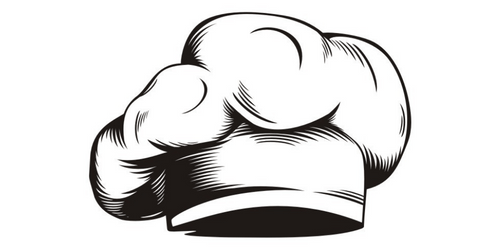
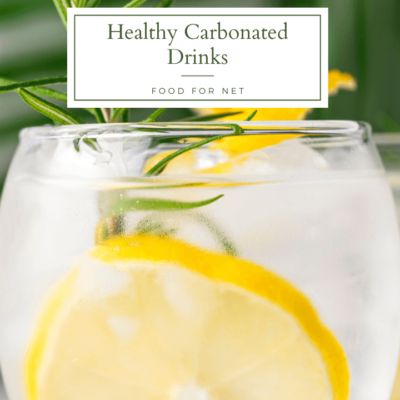
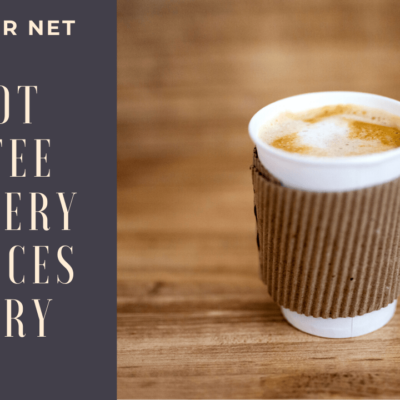

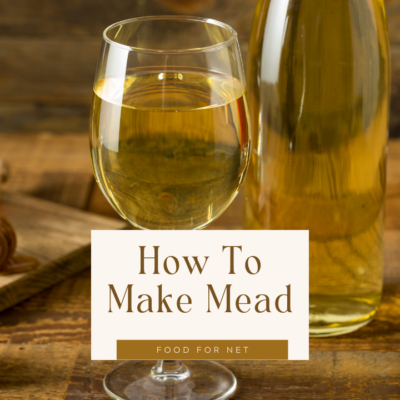

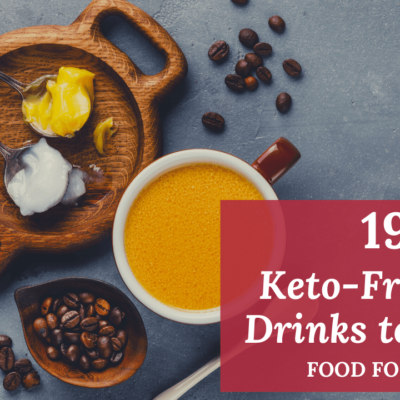


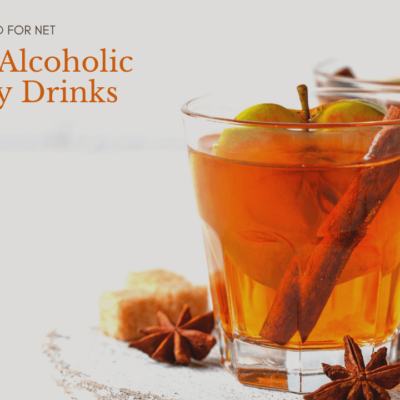
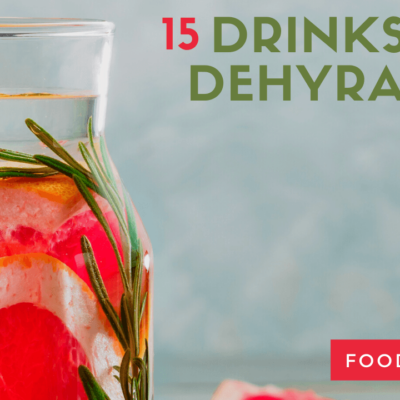

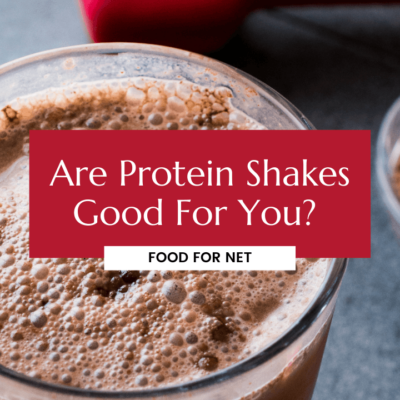

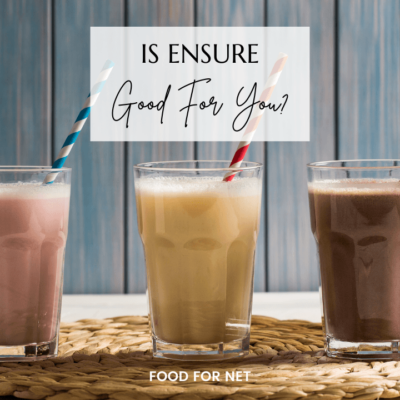


 Substitutes For Buttermilk
Substitutes For Buttermilk